|
|
||||||
|
Pro Tools
FILMFESTIVALS | 24/7 world wide coverageWelcome ! Enjoy the best of both worlds: Film & Festival News, exploring the best of the film festivals community. Launched in 1995, relentlessly connecting films to festivals, documenting and promoting festivals worldwide. Working on an upgrade soon. For collaboration, editorial contributions, or publicity, please send us an email here. User login |
Uranium Film Festival 2012 Special Achievement AwardsSpecial achievement awards of the 2nd International Uranium Film Festival go to "Chernobyl, the Invisible Thief", by Christoph Boekel (Germany), "Buried in Earthskin", by Helena Kingwill (South Africa), "Australian Atomic Confessions", by Katherine Aigner (Australia), "Radioactive Wolves", by Klaus Feichtenberger (Austria), "The Secret and the Sacred: Two Worlds at Los Alamos" by Claus Biegert, (Germany) and "Rokkasho Rhapsody" by Hitomi Kamanaka (Japan) and to Peter Greenaway’s outstanding experimental documentary "Atomic Bombs on the Planet Earth". "Atomic Bombs on the Planet Earth" Peter Greenaway and Irma de Vries (Video design), United Kingdom/The Netherlands Special Achievement Award “Hors Concours” for reminding us of something we have tended to forget, or maybe even not to know: that 2,201 atomic bombs have been exploded on, within, or over our own home planet - which, from Earth's point of view, are not atomic tests at all but preemptive nuclear strikes. Greenaway creates an infernal cinematic aesthetic to convey this truth. Using 25 screens at once, Atomic Bombs on Planet Earth overwhelms the viewer's field of vision with dazzling cascades of poison fire punctuated by percussive sounds and eerie sonics to convey the reckless enormity of the many Bombs humans exploded not all that long ago. The grid of screens gives rise to multiples of every blast a dozen times or more and staggers clips to make them tumble downscreen, slantwise, in coruscating tides. By the time the razzle-dazzle's over, Greenaway has delivered more fireballs than any viewer will be able to absorb -- and more than any living planet may be able to sustain. The first Trinity blast appears several times as Robert Oppenheimer provides the film's voice-over with words repeated like a mantra: "Some laughed - Some cried - Most remained silent." These are hardly words of wisdom from the father of the Bomb... and half a century on, in the absence of anything like sage words on nuclear weapons, we get what's coming to us: an experimental documentary impossible to forget that triggers in our collective brain an atomic migraine of criminally insane proportions whose energies go deeper and are destined to last longer than our own DNA. "Buried in Earthskin", Helena Kingwill, South Africa. Special Achievement Award for the director's confidence in her native instincts to create a film that follows the route taken by trucks transporting nuclear waste from Cape Towns's reactors to a disposal site in the pristine semi-desert of Namaquiland. All along the way she discovers realities both indigenous and technological. Her intrepid effort to get to the bottom of South Africa's nuclear program takes her to experts for and against the technology. Her film's stunning conclusion starts with the revelation that South Africa has already developed safe alternatives to nuclear fission with wind and solar installations up and running, and more on the way; but Buried in Earthskin's conclusion goes into a sudden nosedive with the disclosure that tens of billions of dollars have been committed by the South African government for building more nuclear reactors. Gandhi is quoted at the end with a thought as relevant in South Africa as it is worldwide: "There is enough in this world for everyone's need; there is not enough in the world for everyone's greed." "Chernobyl, the Invisible Thief", Christoph Boekel, Germany Special Achievement Award for masterfully depicting the Chernobyl catastrophe through multiple perspectives, eventually settling into orbit around David, an artist, soldier, and "Chernobyl liquidator". The film opens with archival footage of panicky workers (or "liquidators") picking up pieces of the shattered reactor, with a commentary by the crew that shot the footage and ended up burying their cameras as radioactive waste. The science writer for Pravda in 1986 is present at the screening and provides fresh insight into the radiation doses received by liquidators and film-makers. Viewers then meet David, who calmly describes his 1986 clean-up work and his current gradually increasing weakness. We see how his artwork has evolved from scenes of Spring into visions out of Dante's Inferno. Stunningly, director Boekel's wife, whom he met during the making of this film, dies of cancer in the middle of the shooting. The film's protagonist David expires off-screen near the film's end. Chernobyl The Invisible Thief explores and integrates layer upon layer of a reality as elusive as it is immense. In the end, the only winner is the Master Thief Himself. This film clearly communicates that the Grim Reaper's methodical work around Chernobyl is far from done." Australian Atomic Confessions", Katherine Aigner, Australia. Special Achievement Award for its brilliant use of visual language, its balance between sacred and profane, and its grounding in Aboriginal reality. The director spent three years among Aboriginal women who transmitted to her the spirit of their ancestral sacred spaces. We learn of ancient "story lines" embedded in the earth's crust, and we hear the myths of a culture brought close to destruction by Cold Warriors blind to Aboriginal reality. Never-before-seen Australian archival footage of Britain's above-ground nuclear explosions is combined with Western and Indigenous witnesses to the country's cataclysmic past, its uranium-impacted present, and its highlevel nuclear waste-prone future. As the film title suggests, Katherine Aiger's first cinematic work goes beyond narrative to capture a dawning national awareness of the value of Australia's Aboriginal roots. Australian Atomic Confessions holds the key to a future for this once pristine country that can honour and begin to heal its vast and imperilled sacred lands. "Radioactive Wolves", Klaus Feichtenberger, Austria Special Achievement Award for its in-depth study of wildlife within Chernobyl's Zone of Abandonment where civilization suddenly stopped, and flora and fauna rushed in where humans fear to tread. This film takes us through radioactive towns and across contaminated waterways to observe up-close and personal the region's waterfowl, birds of prey, beavers, fish, bison, wild horses, and the Zone's top predator, wolves. It strives to answer the question: how fares nature's top predator inside Chernobyl's radioactive Zone of Abandonment? Radioactive Wolves is a naturalist masterpiece for the end of the world. Shot over a period of several years, it moves at the stately pace of the seasons. The answer to its top-predator question is inconclusive. The film's scientists are a new breed of post-apocalyptic humans, ones with nothing left to lose who have become deeply respectful of nature that has been stricken but not yet annihilated by human folly. "The Secret and the Sacred: Two Worlds at Los Alamos", Claus Biegert, Germany. Special Achievement Award for its incisive capture of the spirit of two opposed but parallel worlds: the world of nuclear weaponsmakers and the world of the guardians of the Earth. These worlds overlap in northern New Mexico around Los Alamos, the birthplace of the Bomb. Sparks fly as Claus Biegert forges interviews and unearths images and archival footage. The Secret and the Sacred features Ed Grothus, a human bridge between the two worlds. Once a worker at the Lab, now owner of The Black Hole, an atomic junk shop, Grothus is the "fool on the hill" who dares call out for a legacy that will sustain rather than destroy the planet. From the indigenous realm comes the ancient teaching on elemental serpent Avanu, guardian of the springs and fiery avenger of those who poison its waters. Avanu is juxtaposed to a Los Alamos Director preaching the gospel of Deterrence to an auditorium full of warrior workers. The contrast between the two realms could not be starker, and by film's end, the consequences could not be graver. "Rokkasho Rhapsody", Hitomi Kamanaka, Japan. Special Achievement Award for its delicate handling of the monstrous technological nightmare of the 21-billion-dollar Rokkasho Spent Nuclear Fuel Reprocessing Plant built in a fishing/farming community in northern Japan. One woman, director Hitomi Kamanaka, has schooled herself on the nature of the threat and tirelessly conveys her concerns to her neighbors. She also grows tulips and organic vegetables, cheerful symbols of an unpoisoned life. At the end, the reprocessing plant prevails. In the film's heart-breaking final moment Hitomi tells us that she has decided to remain in Rokkasho. By now we know that this rarest of humans, the laughing activist, has resigned herself to life in a land of never-ending radioactive fallout. Hiromi Kamanaka's journey has been valiant, and along the way she leavens the horror with certain timeless truths: "Reprocessing and Farming Cannot Coexist. In This There Can Be No Neutrality: You are Either For it or Against it. Against Insuperable Odds, Do Not Give Up." _________________________ Our Call for Entry 2013 is open!
31.07.2012 | Uranium Film Festival's blog Cat. : Armed Attack Artist atom films Atomic Bombs on the Planet Earth Australia Australia Australian Atomic Confessions Austria Buried in Earthskin Chernobyl Chernobyl disaster Chernobyl, the Invisible Thief Christoph Boekel Claus Biegert Contact Details David Director Disaster Disaster Ed Grothus Entertainment Entertainment festival film Film Germany Helena Kingwill Hiromi Kamanaka Hitomi Kamanaka Human Interest Human Interest Human Rights indigenous Irma de Vries Japan Katherine Aiger Katherine Aigner Klaus Feichtenberger Machinists Native Netherlands New Mexico northern Japan northern New Mexico NUCLEAR ENERGY Person Career Peter Greenaway Pravda Pravda radiation Radioactive Wolves RADIOACTIVITY RAINFOREST Robert Oppenheimer Rokkasho Rhapsody Rokkasho Spent Nuclear Fuel Reprocessing Plant Rokkasho, Aomori South Africa South African government Suddenly Technology Technology the 2nd International Uranium Film Festival The Secret and the Sacred: Two Worlds at Los Alamos Trinity Ukraine United Kingdom Uranium writer www.uraniumfilmfestival.org FESTIVALS
|
LinksThe Bulletin Board > The Bulletin Board Blog Following News Interview with IFTA Chairman (AFM)
Interview with Cannes Marche du Film Director
Filmfestivals.com dailies live coverage from > Live from India
Useful links for the indies: > Big files transfer
+ SUBSCRIBE to the weekly Newsletter Deals+ Special offers and discounts from filmfestivals.com Selected fun offers
> Bonus Casino
User imagesAbout Uranium Film FestivalThe EditorUser contributionsUser links |
||||



















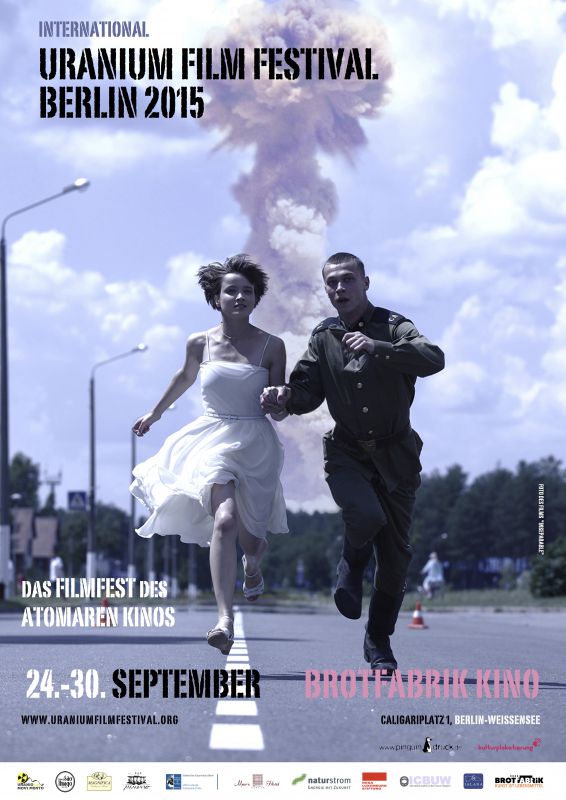
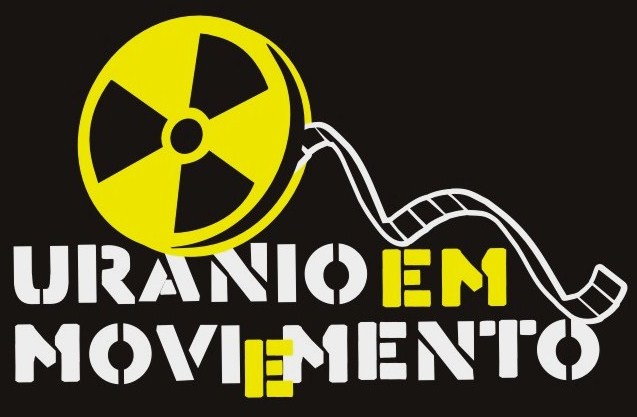
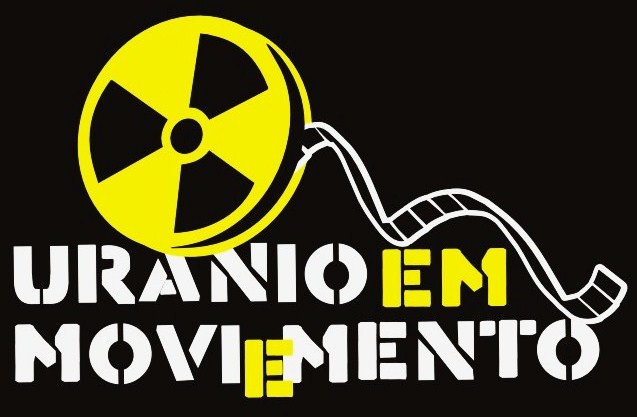
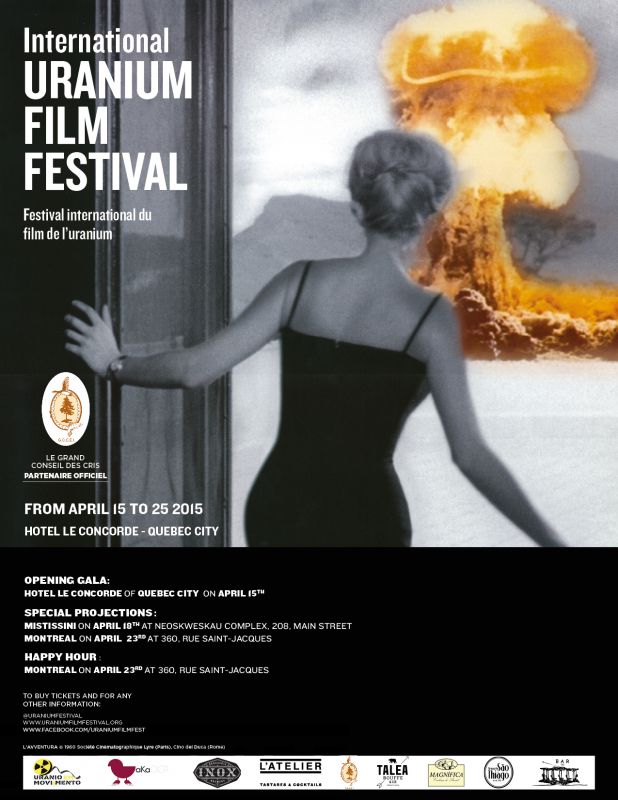
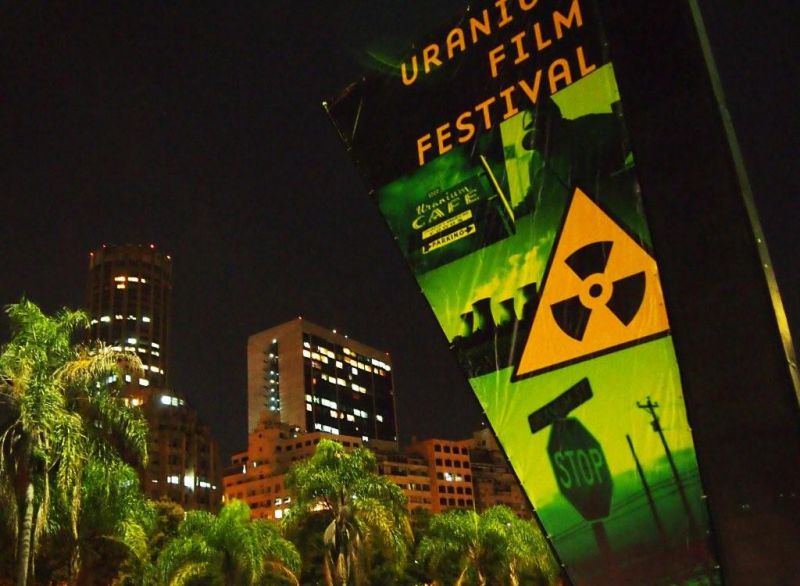
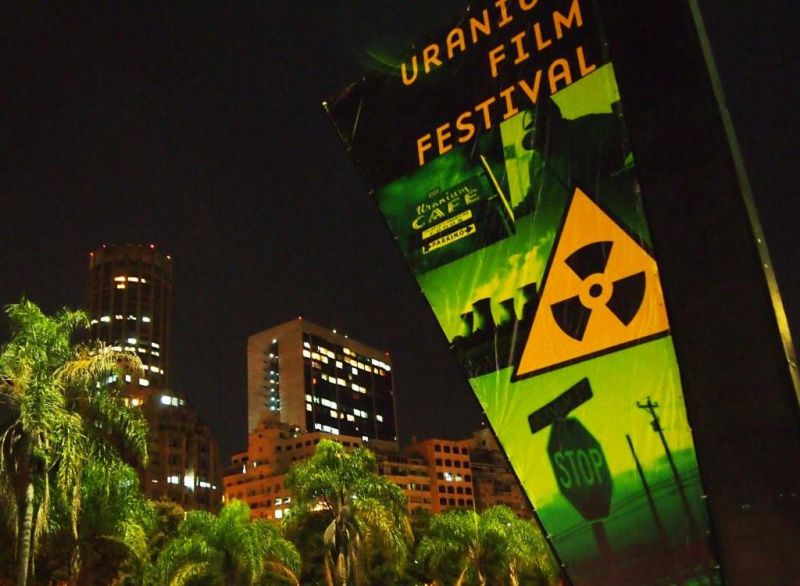
 SUCHANEK NORBERT G.
SUCHANEK NORBERT G. 


